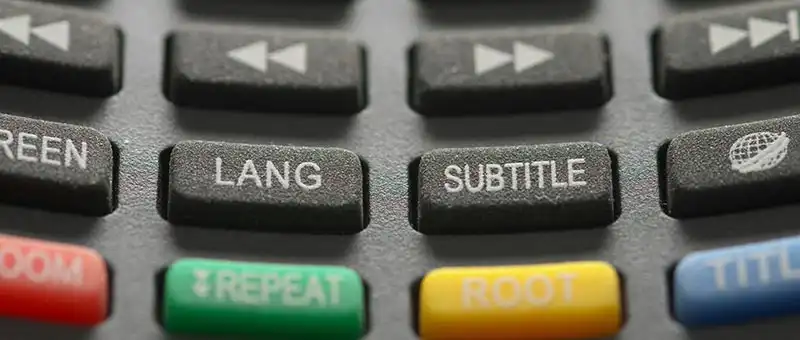Video and audio on the website
Video and audio are good alternatives to text-based information for people who cannot read but understand spoken language and visual communication. Together with captioning and audio description, the content becomes more accessible to all.

Accessible to all
Under the law on accessibility of digital public services, film and audio must be made available to all. This means, among other things, that films must be subtitled and, in some cases, have an audio description.
Subtitle video and audio recordings
Digital accessibility - requirements and opportunities
How to add a video to your webpage
Use the media player block to display a video on a page in Polopoly. Keep in mind that the film also needs an image to be displayed before the visitor starts the video.
Media player in Polopoly (in Swedish)
At KTH, KTH Play is mainly used as a file sharing tool for video. After a video has been uploaded, it can be added to Polopoly or shared directly with a link.
Produce or order a video
Think and plan your message and make a communication plan before producing a video.
